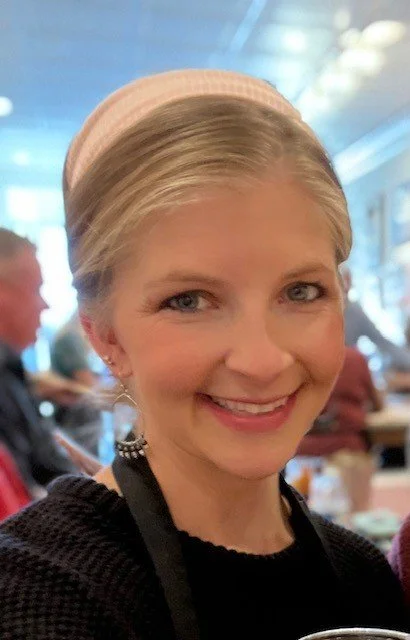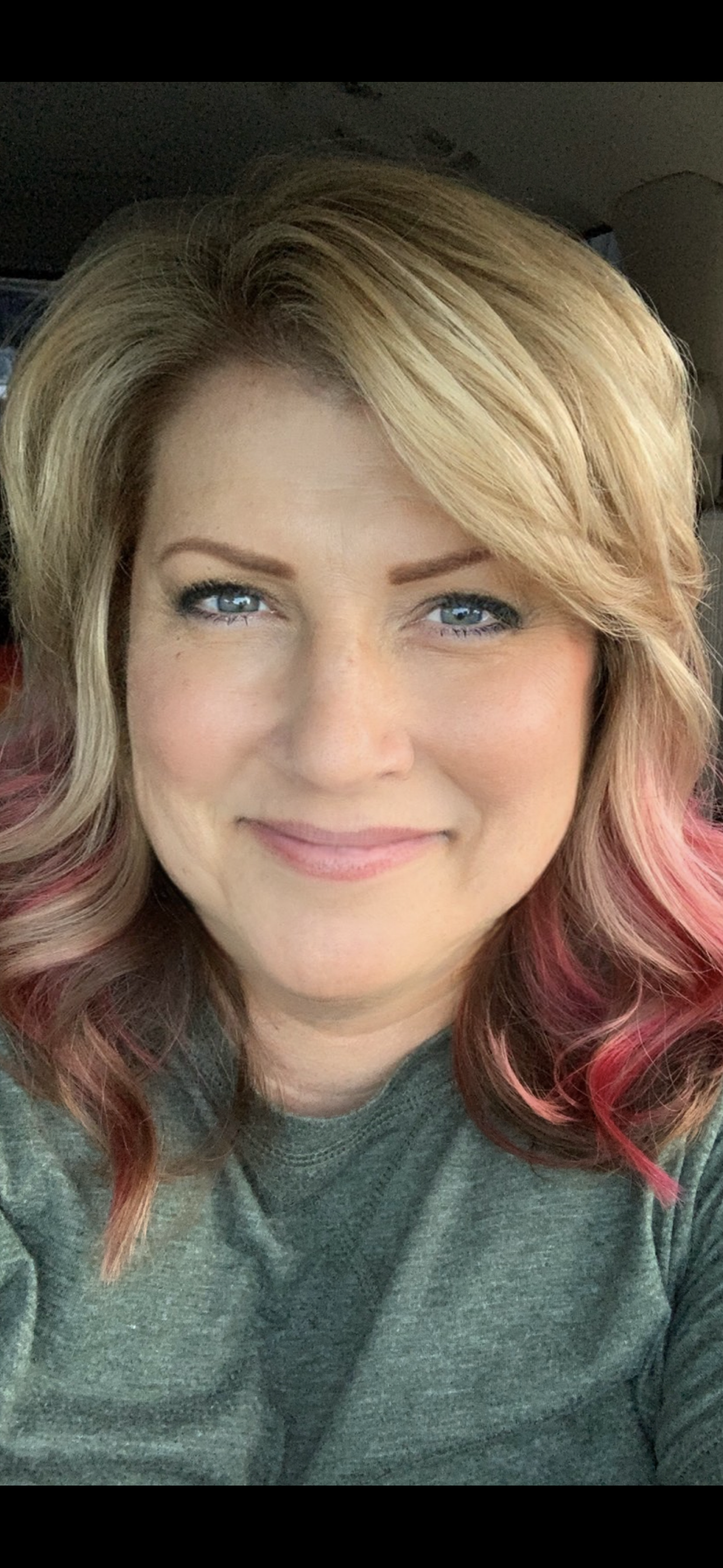Looking Beyond Academics
“Shrinking the Change” to Grow a School Community
As we hit the halfway mark of the 2022-2023 school year, we continue to be optimistic that this year will be “better” than the previous few years of COVID worry and restrictions. This experience has shown us how important it is to prioritize the mental well-being of students (and ourselves), particularly through fostering social-emotional learning. According to the American Psychological Association, “mental illness and the demand for psychological services are at all-time highs—especially among children” (Abramson, 2022).
Our Journey to Build Students’ Social-Emotional Well-Being
Social-Emotional Learning (SEL) is defined as “the process through which all young people and adults acquire and apply the knowledge, skills, and attitudes to develop healthy identities, manage emotions and achieve personal and collective goals, feel and show empathy for others, establish and maintain supportive relationships, and make responsible and caring decisions” (CASEL, 2023). The SEL framework includes self-awareness, self-management, responsible decision-making, relationship skills, and social awareness. In other words, SEL means teaching our students how to be more self-aware so they can self-regulate and problem-solve more effectively, as well as develop traits that allow them to treat one another kindly and with compassion. While there has always been a need for SEL in the classroom, it became much more obvious during these last few years. We are seeing firsthand in this “post-Covid” world that students’ well-being must come first. If students don’t feel safe to be themselves or to take risks in learning, their academic growth isn’t possible. Maslow’s Hierarchy of Needs shows us that academic content cannot be learned unless these more fundamental needs are met first (Maslow, 1943). By building trust, safety, agency, and connection with our students as a foundation for their learning, we are prioritizing every level of their needs, from physiological needs all the way up to self-actualization.
Our exploration of SEL began roughly a decade ago. Bensalem Township School District embarked on a cultural shift journey where we began to explore the study of growth mindset and how the brain works. Our elementary positive behavioral interventions and supports (PBIS) teams built SEL libraries for all grades K-6. Teachers were encouraged to use monthly read-alouds and activities to highlight different character education pillars. Our district also developed a teacher leader team, who brainstormed ways to cultivate student well-being within our buildings, and teach students to advocate for what they needed. From there, SEL was embedded into our daily schedule and a special assignment SEL Coordinator was created. Unfortunately, due to shifting of priorities and resources as a result of COVID, we no longer have our SEL block or special assignment position. So currently we began working on ways to embed SEL learning into other academic areas.
SEL work can look many different ways in K-12 classrooms. As we are both elementary teachers, morning meeting is an excellent way to build connections and community within the classroom. Read-alouds that encourage discussion of behaviors and themes that surround friendship and positive choices, short mindfulness activities where students learn to find their breath and ground themselves, and explicit teaching of coping strategies can all be effective ways to promote SEL with students. The use of frequent brain breaks, yoga and calming movement, and the use of affirmations can all have positive effects on both the students and the teacher.
Also, do not be afraid to recognize when a teachable moment has presented itself and stop the academics and embrace focusing on that need in real time. Students will hold onto the skill or lesson better if it is addressed immediately, and contextualized by what’s happening for them and their peers. Through the use of all of these strategies in our classrooms, we have seen a positive impact on communication skills, friendships, respect within the environment and emotional responses. It no longer feels like a one-way delivery of information from teacher to students, but instead our classrooms become a connected community.
Our Journey to Build Connections & Community in our Schools
Through partnership with Professional Learning Partnerships during COVID, our K-12 Think Tank innovation team determined that connections between students and with teachers was a top need among all K-12 schools. In each of our buildings, think tank team members began designing and implementing unique ways to build connection and community, rooted in research-based practices to build trust and agency with our students that we learned with PLP.
As teachers at Valley Elementary School and Belmont Hills Elementary School, we can personally see the positive impact our Buddy Program has had on the schoolwide community. Students from all grades and all classrooms get together monthly to share in relationship building activities. Staff work together to plan these activities and to make sure they include students from all academic environments.
Valley Elementary has also extended its community building outside of the school walls to include Juniper Village, a Senior Living Community here in Bensalem. Seniors come once a month and speak about life experiences, as well as incorporating the monthly SEL themes from our PBIS library and supporting students/staff across all environments. Valley is also reviving its Student Council program, to elevate the voices of students in making decisions that impact the school and community.
Continuing to Innovate
As you consider making changes in your own classrooms, or perhaps making a shift to consider building trust and agency with your students, there are two sources of inspiration we we gained from this past summer’s PLP Partner Innovation Summit, that may be helpful:
“Shrink the Change”, meaning break the change up into small pieces, and try one step at a time (Heath & Heath, 2010). We know that too much change at once can seem overwhelming, so it’s tempting to not even try. But shrinking down the change into bite size pieces feels more manageable, and actually can lead to great outcomes. Make it manageable, just to get started.
“Role and Control”, meaning think about the specific role you play in your school, and recognize what you do have control over (PLP, 2022). It is easy for us as teachers to focus on all of the demands placed on us from administration and various academic curricula. It becomes easy to feel as though we can’t make a difference with so many responsibilities and demands placed on us. Having individual control in our classrooms allows us to make these small changes within our walls, and develop our own sense of agency which is so necessary. Letting go of some of the things we don’t have control over frees our brains to put our energy into things where we know we can see results.
When we can effect change on a small scale in our own teaching and our classrooms, it can build confidence and momentum that extends out to our school family as a whole. Continuing to embrace the social-emotional needs of our students, and building connections and community across our schools, allows us to provide the supportive environment that our students need in order to authentically thrive.
References:
Abramson, A. (2022). Children’s Mental Health is in Crisis. Monitor on Psychology, 53, 69.
Heath, C., & Heath, D. (2011). Switch. Random House Business Books.
Maslow, A. H. (1943). A Theory of Human Motivation. Psychological Review, 50, 370-396.
Collaborative for Academic, Social, and Emotional Learning (CASEL, 2023) https://casel.org/fundamentals-of-sel/
Lauren Miller
Kristin Sigovich
About the Authors
Lauren Miller is in her 16th year of teaching, with the last 11 years being in 3rd grade at Belmont Hills Elementary in Bensalem Township School District. Lauren is grateful to teach in a school where she learned to love learning as a child, and her goal every year is for her kids to leave 3rd grade as good humans who love reading as much as she does.
Kristin Sigovich is in her 19th year of teaching, with the last 16 years being in fourth and second grades at Valley Elementary in Bensalem Township School District. Kristin is proud to also be a graduate of Bensalem, and a parent of two graduates of Bensalem. She prioritizes her students’ mental and emotional well-being, and loves building lifelong relationships with them.




